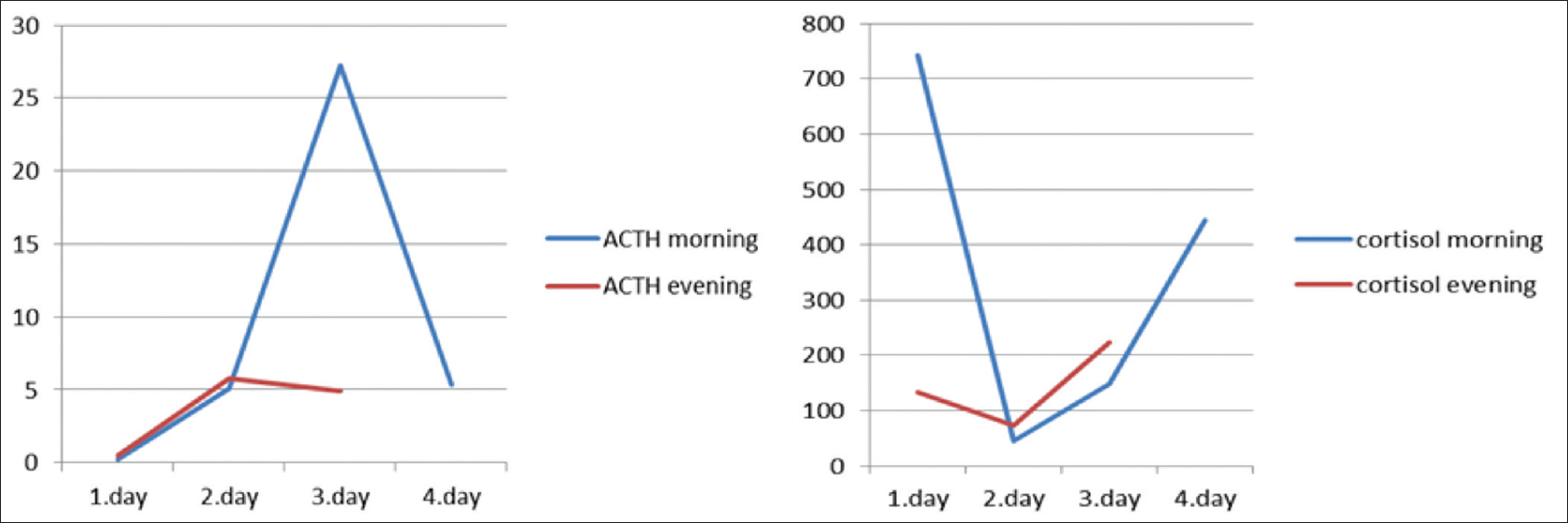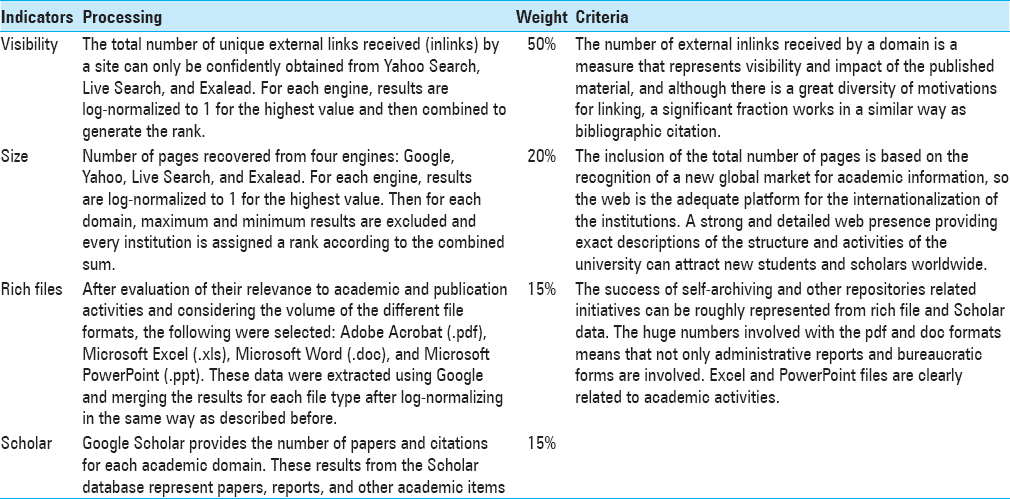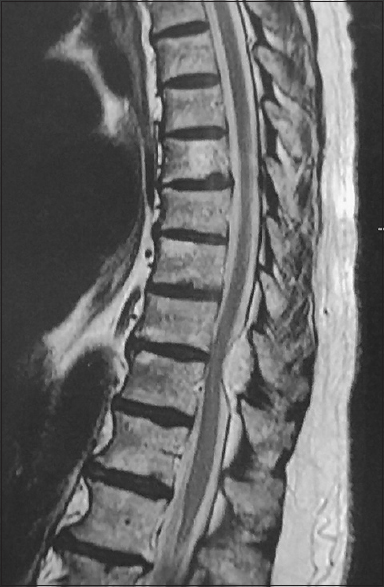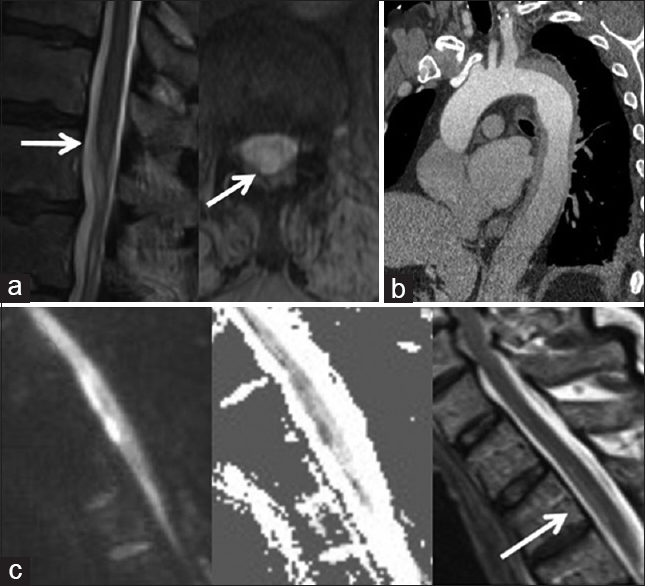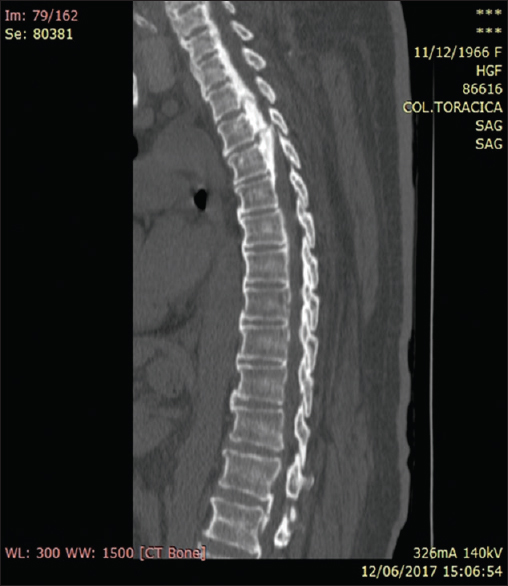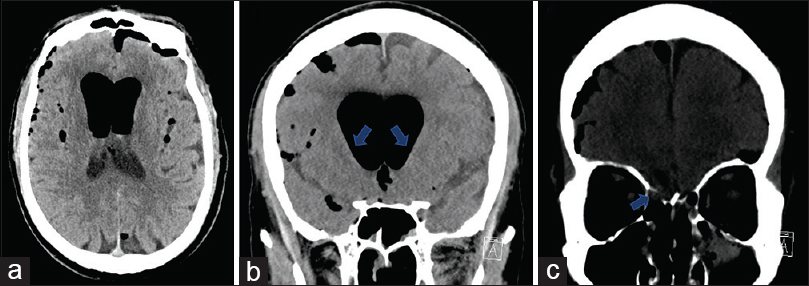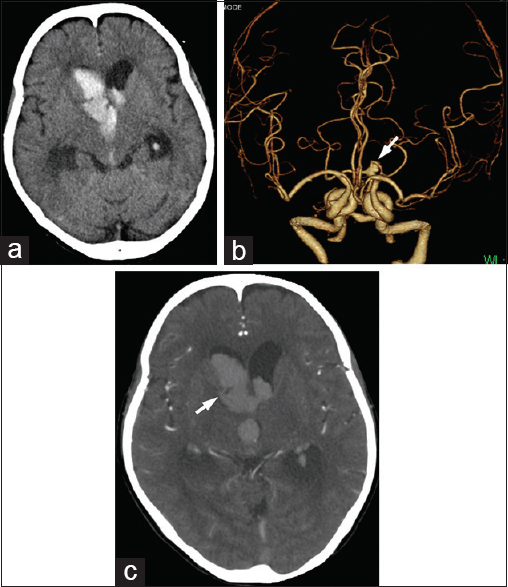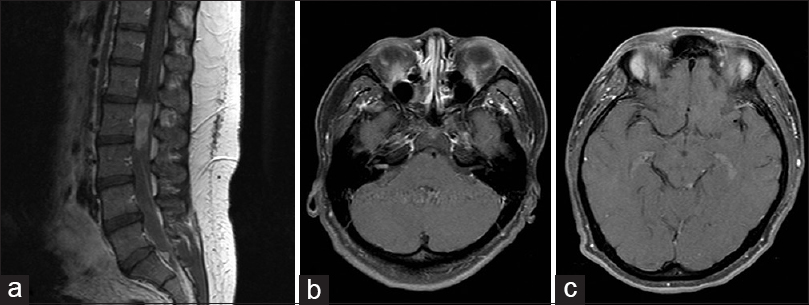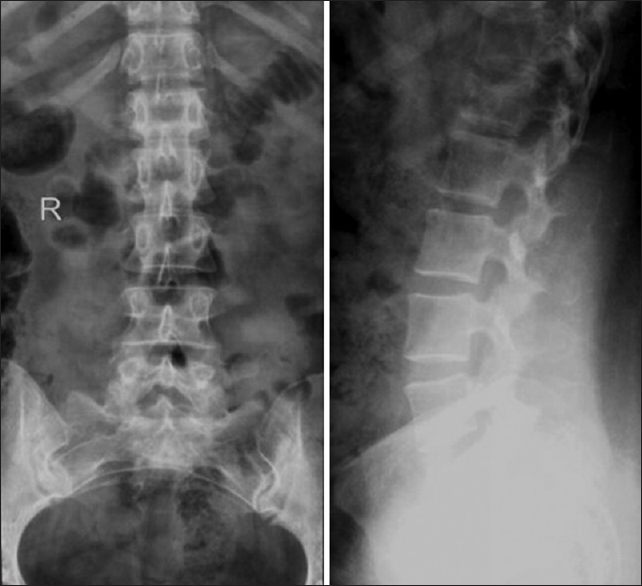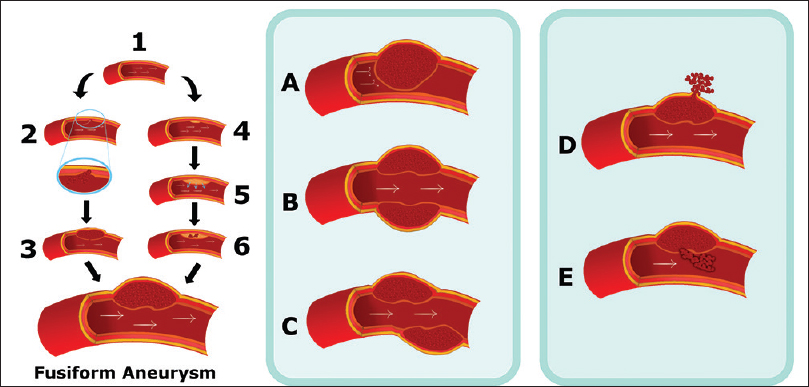Etomidate in neuroanesthesia for aneurysmal clipping in child with confirmed allergies to general anesthetics
Date of publication: 03-Oct-2018
Background:Etomidate may be given in continuous infusion for maintenance of general anesthesia, although that practice is rarely seen due to beliefs that it has possibility of interfering with cortisol synthesis. However, etomidate is sometimes preferable choice as it has least influence on hemodynamics and rarely causes allergic reactions.
Physician leadership and hospital ranking: Expanding the role of neurosurgeons
Date of publication: 03-Oct-2018
Background:Empirical studies that explore whether hospitals with physician leadership perform better than hospitals led by nonphysician managers are scarce. This study looks at the leaders currently being hired by hospitals in the Arab World and explores whether chief executive officers (CEOs) in hospitals ranked higher are typically physician leaders or nonphysician managers. Furthermore, we discuss whether physicians, especially neurosurgeons, are equipped to lead hospitals and healthcare institutions worldwide.
Atypical spinal epidural capillary hemangioma: Case report
Date of publication: 03-Oct-2018
Background:Hemangiomas are benign vascular malformations that can involve the spine. Pure epidural hemangiomas are rare and represent only 4% of all epidural lesions. Most hemangiomas are of the cavernous type; the capillary variant is atypical, and only ten cases have been reported in the literature.
Cerebrospinal fluid drainage and blood pressure elevation to treat acute spinal cord infarct
Date of publication: 21-Sep-2018
Background:Current management of acute spinal cord infarction (SCI) is limited. Lumbar cerebrospinal fluid drainage (CSFD) with blood pressure augmentation is utilized in the thoracic/thoracoabdominal aortic repair and thoracic endovascular aortic repair (TEVAR) populations to increase spinal perfusion pressure.
A rare cause of thoracic cord compression
Date of publication: 21-Sep-2018
Background:The posterior longitudinal ligament (PLL) extends from the foramen magnum to the sacrum. In some cases, it becomes calcified/ossified; the term for this is ossification of the PLL (OPLL).
An unusual presentation of dystonia and chorea from intraventricular pneumocephalus
Date of publication: 21-Sep-2018
Background:Pneumocephalus is a common finding following intracranial procedures, typically asymptomatic and resolves within several days. However, in some cases, pneumocephalus presents with headache, encephalopathy, or symptoms of elevated intracranial pressure. Here, we present a case of iatrogenic tension pneumocephalus following endoscopic sinus surgery, presenting as abnormal involuntary movements resembling a movement disorder with choreiform movements.
Aneurysm of lenticulostriate artery in a patient presenting with hemorrhage in the caudate nucleus and lateral ventricle-delayed appearance and spontaneous resolution
Date of publication: 21-Sep-2018
Background:An aneurysm of distal lenticulostriate artery is very rare. The natural course and management of this rare aneurysm are not clear.
Myxopapillary ependymoma with anaplastic features: A case report with review of the literature
Date of publication: 20-Sep-2018
Background:Myxopapillary ependymoma (MPE) with anaplastic features is extremely rare, with only three case reports in the literature.
Compartment syndrome of lumbar paraspinal musculature after percutaneous pedicle screw fixation
Date of publication: 20-Sep-2018
Background:Compartment syndromes have been reported in nearly every anatomical area of the extremities. Similarly, in the lumbar spine, there is a risk of a compartment syndrome following either direct or indirect injury to the paraspinal muscles. In this study, we present a case of lumbar paraspinal compartment syndrome after percutaneous pedicle screw fixation for a spine fracture.
Fusiform aneurysms: A review from its pathogenesis to treatment options
Date of publication: 20-Sep-2018
Background:This study aims to present the most important considerations when it comes to patients features, clinical presentation, localization, and morphology of the aneurysm and the treatments outcomes of the fusiform aneurysms.


